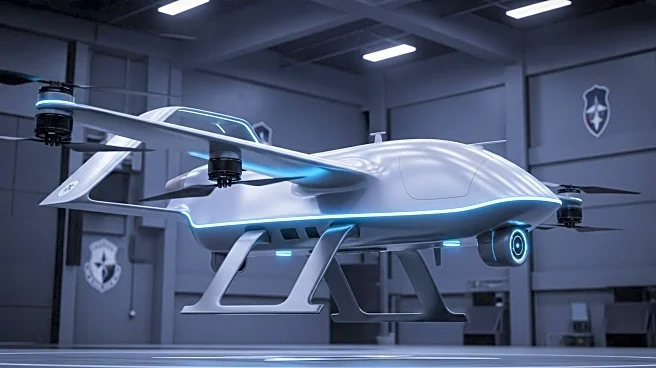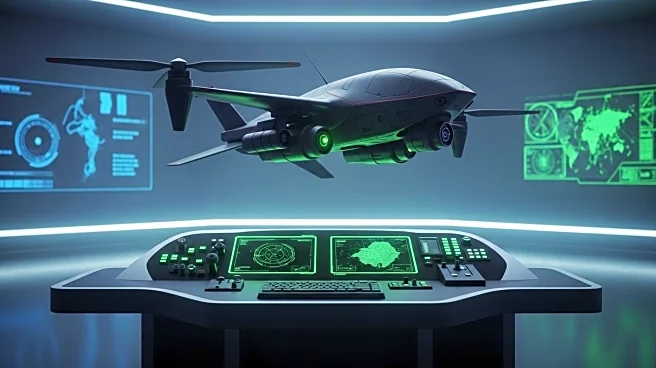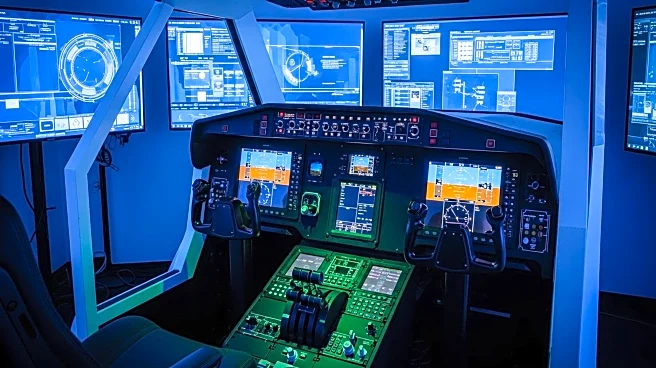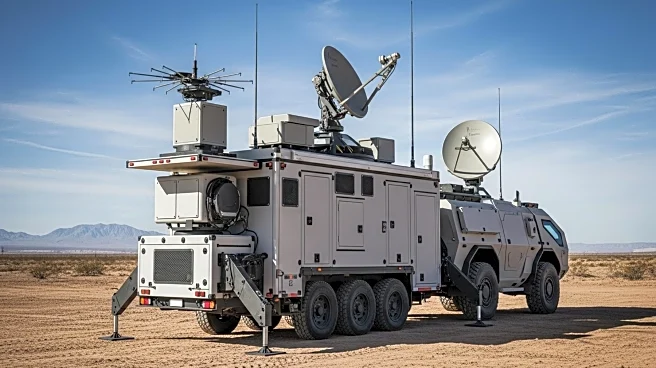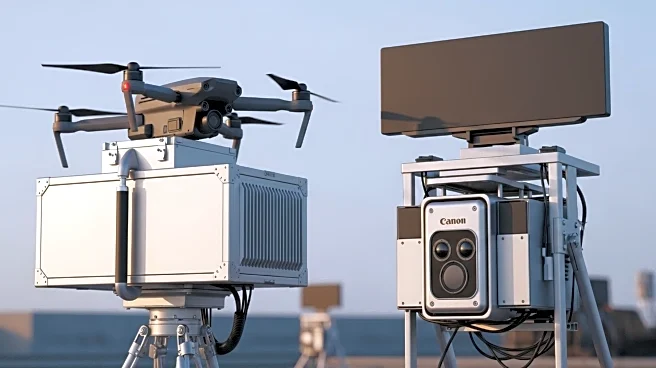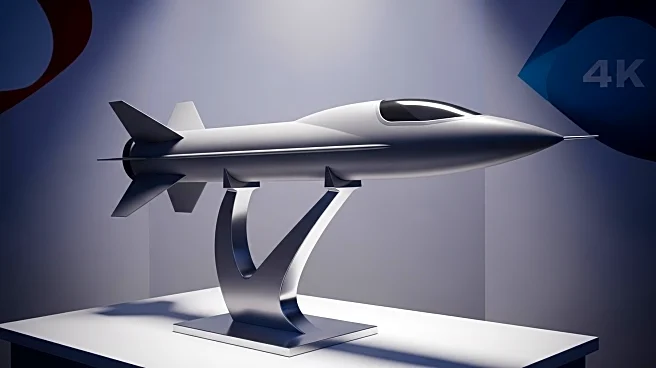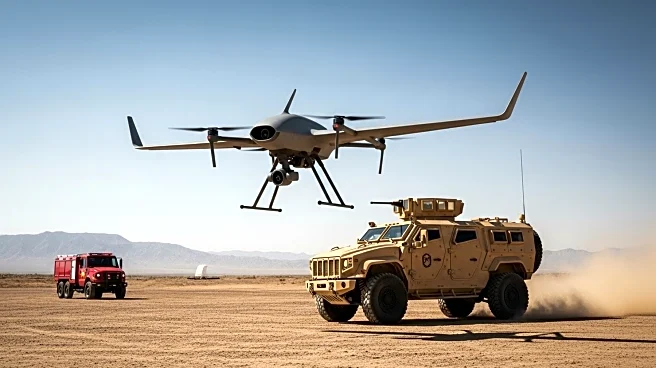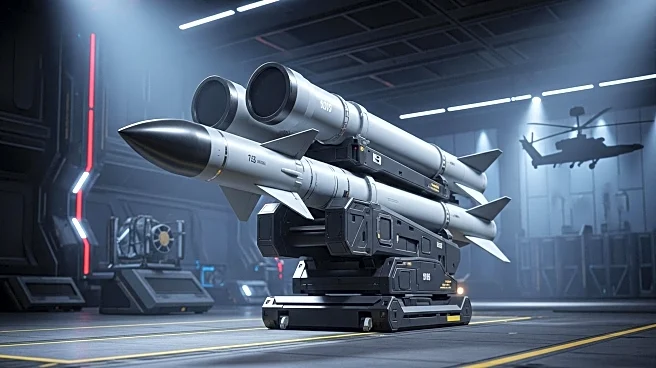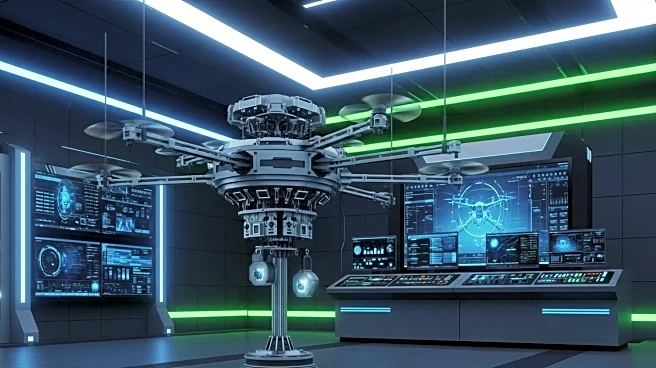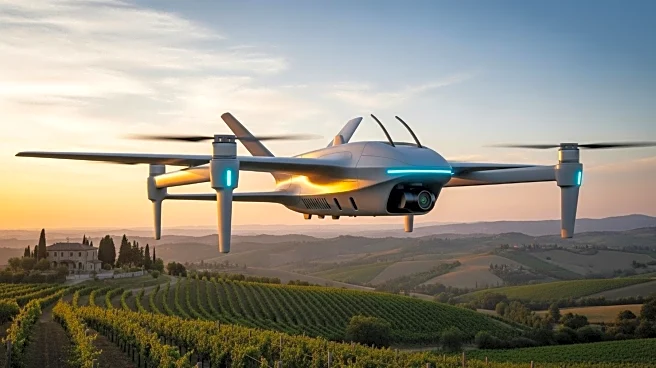What's Happening?
Boeing has unveiled its Collaborative Transformation Rotorcraft (CxR) concept, a large vertical take-off-and-landing (VTOL) uncrewed aircraft system (UAS) designed for the U.S. Army. The CxR is intended for strike and reconnaissance roles, with potential variants for cargo missions. The design features a tiltrotor configuration powered by a single turboshaft engine, capable of carrying significant payloads. Boeing's concept aims to provide a larger sensor volume and enhanced speed and range compared to smaller air vehicles.
Why It's Important?
The introduction of the CxR concept marks Boeing's entry into the large VTOL UAS market, which is significant for the U.S. Army's future capabilities. The modular design offers flexibility for various missions, potentially enhancing the Army's operational effectiveness. The development of such advanced UAS technology could impact military strategies and procurement decisions, influencing the defense industry's competitive landscape. Boeing's initiative may also drive innovation in VTOL technology, contributing to advancements in military aviation.
What's Next?
Boeing will continue to refine the CxR design through operational analysis to meet the Army's requirements. The concept's development may lead to further collaborations and contracts within the defense sector. As competitors like Sikorsky and Shield AI also explore VTOL UAS technologies, the market may see increased competition and innovation. The Army's adoption of such systems could reshape its approach to aerial reconnaissance and logistics, potentially influencing future military operations.
Beyond the Headlines
Boeing's CxR concept highlights the growing importance of unmanned systems in modern warfare, reflecting a shift towards automation and advanced technology in military operations. The development of large VTOL UAS may have implications for ethical considerations in warfare, particularly regarding the use of autonomous systems. The concept also underscores the role of defense contractors in shaping military capabilities and influencing defense policies.
